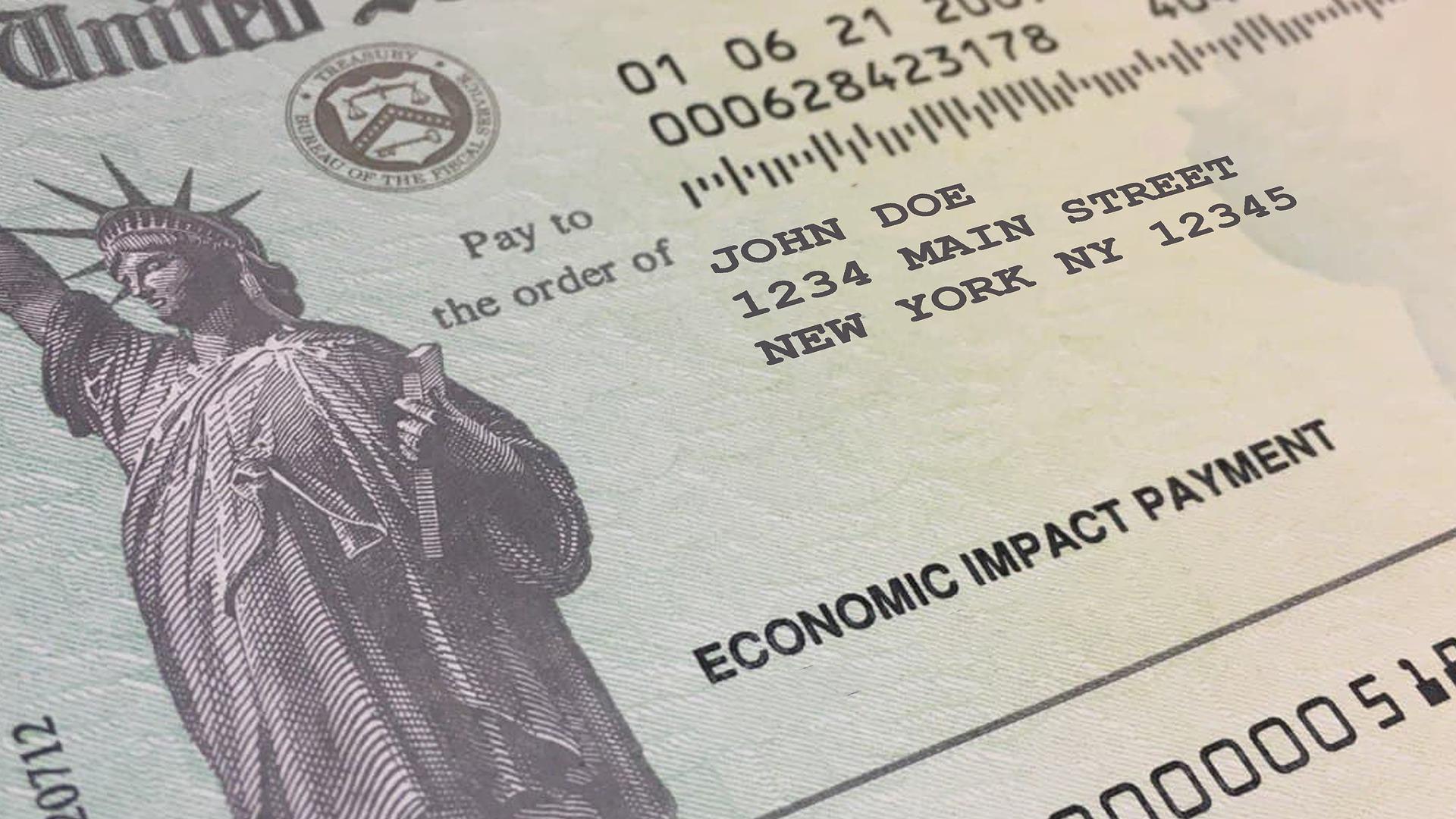How to Claim a Missing Plus-Up Payment on Your Tax Return
If the government still owes you stimulus money, you can claim a missing plus-up payment on your tax return. Keep reading to learn how.
May 13 2021, Published 2:10 p.m. ET
Many people's financial situation changed dramatically during 2019–2020, which means some people received less stimulus money than they should have. Because of this, the government is sending plus-up payments to those who've updated their financial standing on their 2020 tax returns.
If you're earning less than you did last year, you might need to claim a missing plus-up payment on your 2020 tax return. Here's how to go about it.
What is a plus-up payment?
According to the IRS, a plus-up payment is an extra payment sent to those who already received their third stimulus check for lower than the full amount. This would be due to the fact that their earnings were above the threshold in 2019. If their income decreased below the threshold for 2020, they're in line to receive a plus-up payment by mailed check or direct deposit.
Also, the government is paying plus-up payments to people with new dependents.
Find out where your missing plus-up payment is
The IRS is working to complete the third round of EIPs (economic impact payments) to Americans in phases. One of those phases involves compensating for underpayments in response to 2020 tax returns. The IRS is automatically reviewing the 2020 tax returns for people who received a lower amount or gained a dependent and sending plus-up payments when applicable.
If you're missing a plus-up payment, make sure you've filed your 2020 taxes. The extended deadline for this year's tax season is May 17.
Those who received the full amount of the third check got $1,400. Single filers who make more than $75,000, heads of households who make more than $112,500, and married couples who make more than $150,000 collectively received a reduced check.
No stimulus checks went to single filers making more than $99,000, heads of households making more than $136,500, or married couples making more than $198,000.
Make sure that your income fell below the proper threshold to ensure that you're eligible for a plus-up payment following your 2020 tax return.
The recent round of stimulus checks included 460,000 of these plus-up payments, with the total valuation exceeding $800 million.
How to claim a missing plus-up payment on this year's tax return
Your 2020 federal tax return will automatically trigger a plus-up payment if the government still owes you stimulus money for any of the three EIP rounds.
Despite the fact that the process is automated, you can (and should) still claim the missing money if you're aware of it. You can do this on the recovery rebate credit line. Find this on line 30 of Forms 1040 or 1040-SR.
If you file and are approved for an extension, you can claim plus-up stimulus money through Oct. 15.
Even if you're in the homeless or rural poor categories, or don't have any income to report, the government encourages you to pursue a federal tax return so you can get your stimulus plus-up payments. Other people are still waiting on some or all of their stimulus checks, but plus-up payments are going out simultaneously.


